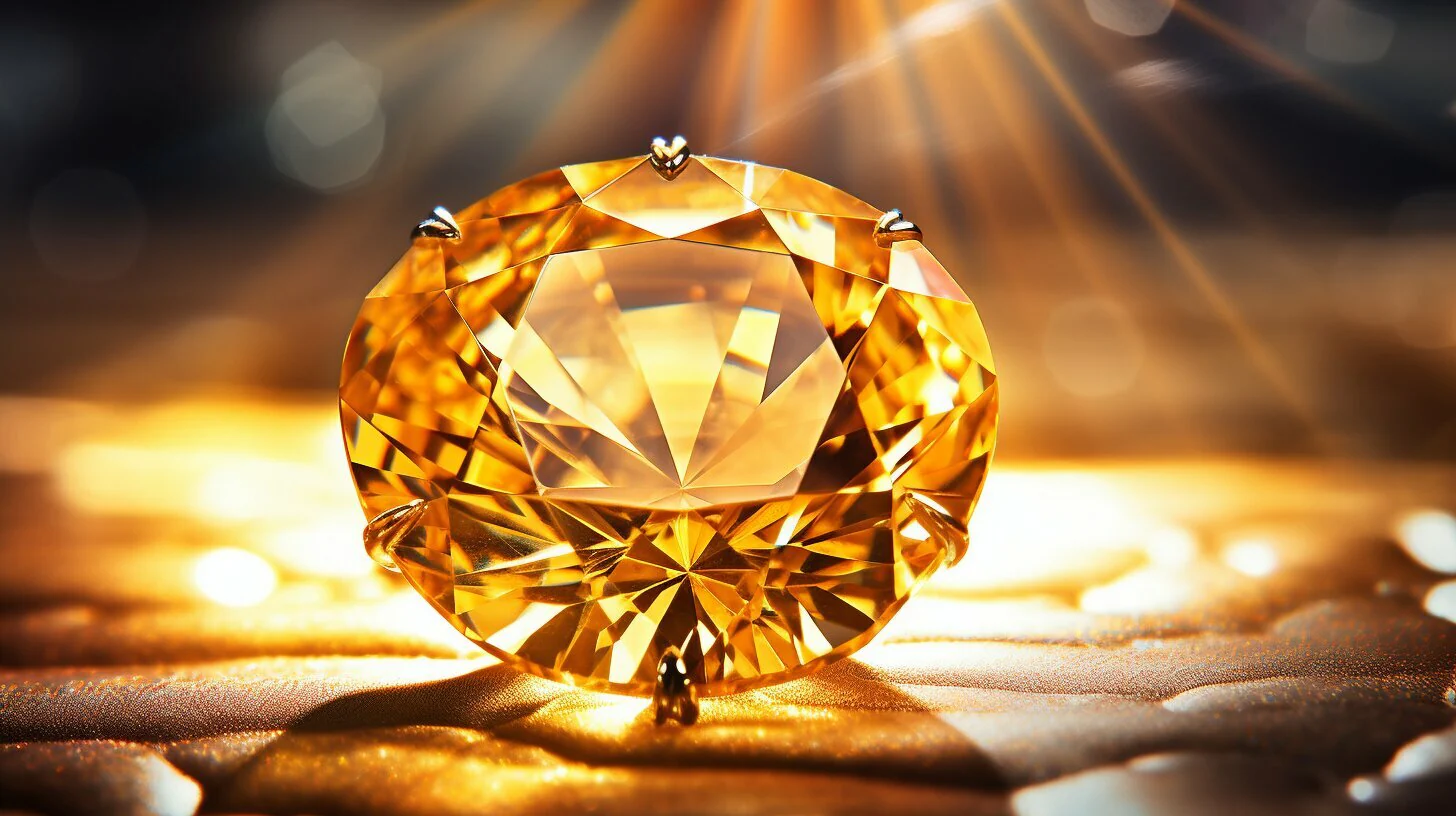Sapphire, one of the most revered gemstones in the world, has captured the human imagination for centuries with its rich hues and extraordinary durability. Often associated with royalty, wisdom, and divine favor, this precious stone is far more than just a pretty accessory. In this article, we delve into the history, characteristics, and significance of sapphire, exploring why it remains a symbol of elegance and prestige.
The Origins and History of Sapphire
The name “sapphire” is derived from the Greek word “sappheiros,” which was historically used to refer to a variety of blue stones. However, what we recognize today as sapphire is a precious gem that belongs to the corundum mineral family. Sapphires are primarily composed of aluminum oxide and trace elements like iron, titanium, and chromium, which give the stone its characteristic blue color. However, sapphires can also be found in a range of colors, including pink, yellow, green, and even colorless, although the blue variety is the most well-known.
Sapphires have been cherished since ancient times, with some of the earliest references dating back to around 800 BCE. The gemstone was highly prized in ancient Persia, where it was believed that the sky was painted blue by the reflection of sapphires. In medieval Europe, sapphires were worn by clergy and royalty as a symbol of heaven and divine protection. The gemstone’s association with purity and wisdom made it a popular choice for religious and ceremonial jewelry.
The Many Colors of Sapphire
While the deep, velvety blue sapphire is the most iconic, sapphires actually come in a wide spectrum of colors, known as “fancy sapphires.” These include shades like pink, orange, yellow, green, and purple. The specific color of a sapphire is determined by the trace elements present during its formation. For example, a higher concentration of iron and titanium results in a blue sapphire, while the presence of chromium creates a pink or red hue.
One of the most coveted varieties is the rare and exquisite Padparadscha sapphire, which features a unique blend of pink and orange tones. Originating primarily from Sri Lanka, these sapphires are highly sought after for their distinctive color, which is often described as resembling a tropical sunset.
The Significance of Sapphire in Modern Times
Sapphire continues to hold a significant place in modern jewelry, particularly in engagement rings. Perhaps the most famous sapphire in recent history is the 12-carat blue sapphire engagement ring given to Princess Diana by Prince Charles in 1981. This iconic piece of jewelry, now worn by Catherine, the Princess of Wales, has inspired countless imitations and solidified sapphire’s status as a gemstone of elegance and sophistication.
Beyond its aesthetic appeal, sapphire is also valued for its durability. Ranking 9 on the Mohs scale of hardness, second only to diamond, sapphire is an excellent choice for everyday wear. This durability, combined with its timeless beauty, makes it a popular option for engagement rings, earrings, and other fine jewelry pieces.
Sapphire in Pop Culture and Beyond
Sapphire has also made its mark in popular culture and various industries. In addition to its use in jewelry, sapphire is used in technology, particularly in the production of high-durability glass for watches, smartphones, and other devices. The gemstone’s strength and scratch resistance make it ideal for such applications, further demonstrating its versatility and enduring appeal.
In the world of astrology and metaphysics, sapphire is often associated with wisdom, clarity, and spiritual enlightenment. It is believed to promote mental focus, self-discipline, and psychic abilities. Some cultures also consider sapphire to be a protective stone, warding off negative energies and fostering a sense of peace and tranquility.
Ethical Sourcing and the Future of Sapphire
As with all gemstones, the ethical sourcing of sapphires has become an important consideration for consumers and jewelers alike. Historically, sapphire mining has been associated with environmental degradation and poor working conditions. However, there is a growing movement towards responsible sourcing practices, with an emphasis on transparency and fair trade.
Countries like Sri Lanka, Madagascar, and Australia are leading the way in sustainable sapphire mining, ensuring that the extraction process minimizes environmental impact and that workers are treated fairly. By supporting ethically sourced sapphires, consumers can enjoy the beauty of these gemstones while also contributing to positive social and environmental outcomes.
Conclusion: The Enduring Charm of Sapphire
From its storied past to its modern-day allure, sapphire remains one of the most beloved gemstones in the world. Whether it’s the deep blue of a classic sapphire or the vibrant hues of a fancy variety, this gemstone captivates with its beauty, history, and significance. As we continue to appreciate and cherish sapphires, their legacy as symbols of wisdom, protection, and luxury will undoubtedly endure for generations to come.
